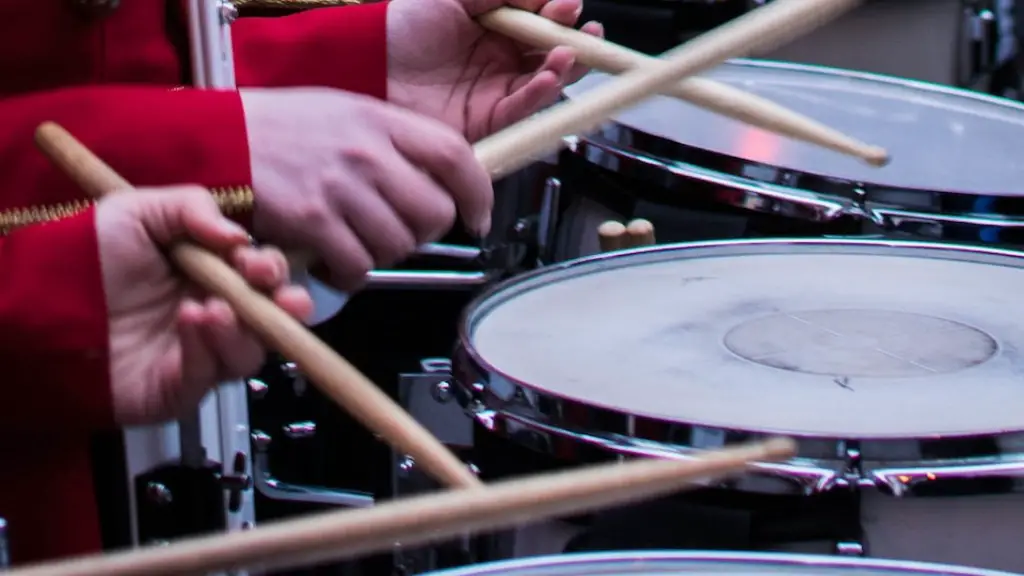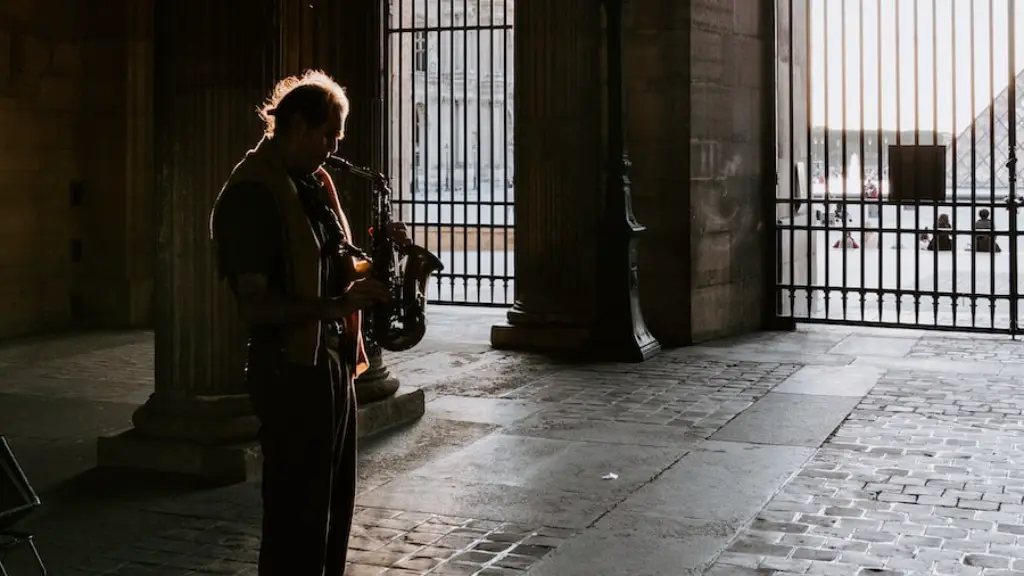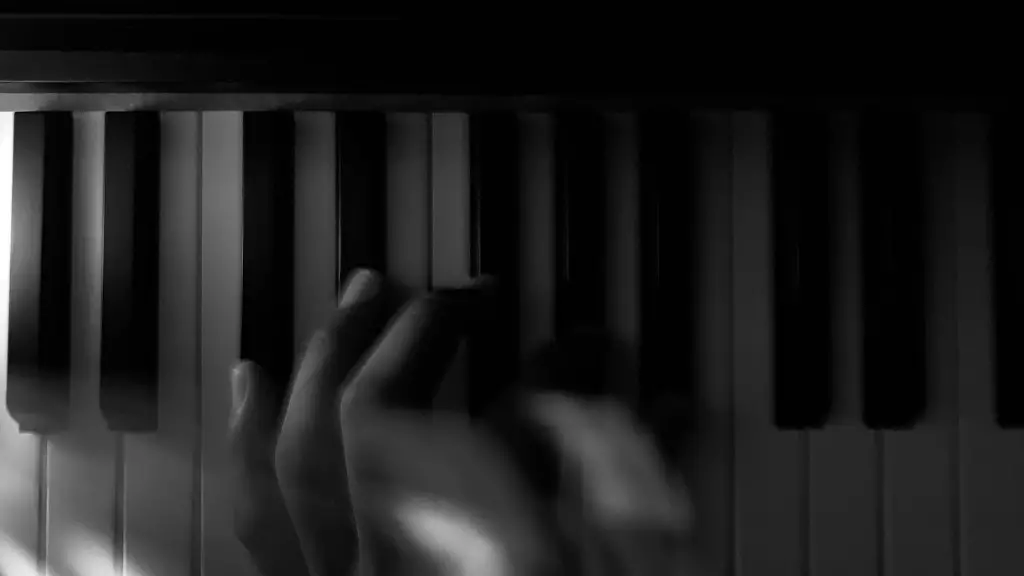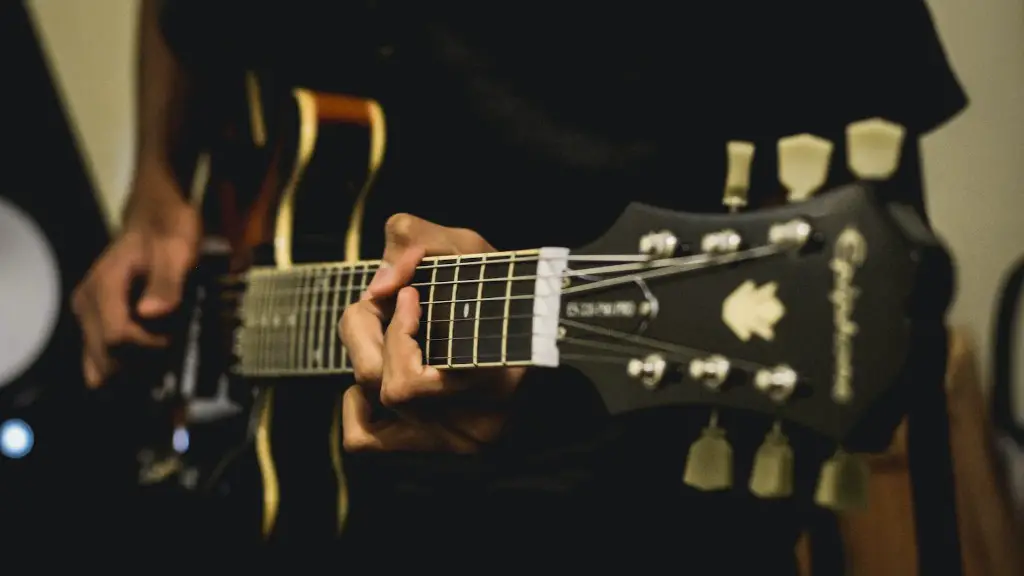Playing paradiddles on drums is a great way to enhance your drumming technique. Paradiddles are rhythmic patterns of alternating single and double strokes on the drum set. They are widely used in many styles of music and can help to add variety and complexity to your drumming.
The first step is to practice the basic paradiddle pattern, which consists of two single strokes followed by a double stroke. This pattern should be played evenly, with each note having equal volume and emphasis. You can then practice playing the pattern with different combinations of hands and feet, as well as different tempos. Once you are comfortable with the basic paradiddle pattern, you can begin to add variations such as accents, ghost notes, and different sticking patterns.
By practicing paradiddles regularly, you will be able to improve your coordination, speed, and overall drumming technique.
How To Practice Paradiddles On Drums
Paradiddles are a great way to develop your coordination and speed on the drumset. They are also a great tool for developing your muscle memory and hand-foot independence. Learning how to play paradiddles on drums can be challenging, but with practice and dedication, you can master them.
The first step to mastering paradiddles is to learn the basic pattern. Start by playing each note individually with both hands and feet. Once you have the pattern down, start to increase speed gradually. Make sure you keep a steady tempo as you increase the speed of the pattern.
Once you are comfortable with playing the basic pattern at a steady tempo, it’s time to start adding variations. Try adding accents or ghost notes in between each note of the pattern. This will help you develop your ability to play different rhythms within a single pattern.
Finally, practice playing paradiddles with one hand while keeping a steady beat with your other hand or foot on the hi-hat or bass drum. This will help you develop your independence between your hands and feet as well as help you stay in time while soloing over different beats.
As with any skill, mastering paradiddles takes time and dedication, but with consistent practice, you will be able to play them confidently and accurately in no time!
Variations Of The Paradiddle Drum Pattern
The paradiddle is an essential drum pattern that every drummer should know. It consists of four notes played in a repeating pattern, and it can be used to create fast and complex rhythms. There are many variations of the paradiddle that can be used to create interesting and unique drum beats.
One of the most common variations is the double paradiddle. This variation adds an extra ‘note’ between each note of the original pattern, creating a more complex rhythm. Another popular variation is the triple paradiddle, which adds two more notes between each note of the original pattern. The triple paradiddle can be used to create intricate grooves and fills.
Another variation of the paradiddle is the flam paradiddle, where two notes are played simultaneously followed by two single strokes. This creates a unique rhythm that has a strong emphasis on certain notes in the pattern. The flam paradiddle can be used to create interesting fills and solos.
Finally, there is the inverted paradiddle, where each note of the original pattern is played in reverse order. This creates a completely different sound from that of a regular paradiddle, making it perfect for creating fills or solos with unique rhythms.
No matter which variation you choose to use, practicing these patterns will help improve your overall drumming skills and increase your speed and accuracy when playing them on drums.
Adding Ghost Notes To Your Playing
Adding ghost notes to your playing is a great way to spice up a drum solo or fill. Ghost notes are often used in paradiddles, a type of rhythmic pattern used on drums. Ghost notes can be used to create an interesting pattern or add emphasis to a particular beat.
Ghost notes are played with the hands and feet, and are usually quieter than the main beats. To create a ghost note, you need to dampen the sound of the drum by either muffling it with your hand or foot, or by striking it very lightly. You can also play ghost notes on cymbals and other percussion instruments.
When playing paradiddles, the ghost notes should be played between the main beats in the pattern. This will add an extra layer of complexity to your playing and give it more depth and texture. Try experimenting with different combinations of main beats and ghost notes until you find something that sounds good.
Creating interesting drum patterns is all about experimentation, so don’t be afraid to explore new ideas and try out different combinations of main beats and ghost notes. With practice, you’ll soon be able to craft unique patterns that will bring your drumming to life!
Applying Different Time Signatures to Play Paradiddles on Drums
Paradiddles are a classic drum rudiment that can be used to add complexity and interest to any drum pattern. Learning how to apply different time signatures to paradiddles is an essential skill for any drummer. With a bit of practice, you can easily create captivating rhythms with paradiddles and time signatures.
When playing paradiddles in different time signatures, start by getting comfortable with the basic pattern. Set your metronome at a slow speed and practice playing eighth notes evenly without speeding up or slowing down. Once you have the basic pattern down, it’s time to explore different time signatures.
The most popular paradiddle rhythms are played in 4/4, 3/4, and 6/8. You can also explore playing paradiddles in 5/4 or 7/8 for even more interesting patterns. To play in these odd meters, you’ll need to adjust the length of each note so that there are an equal number of notes in each measure.
For example, if you’re playing a paradiddle in 5/4, each note should be one-fifth of the measure length instead of one-fourth as it would be in 4/4. Practicing these different time signatures will help you become more comfortable with creating complex patterns using paradiddles. Don’t be afraid to experiment and come up with your own unique rhythms. With a bit of practice, you’ll soon have
Combining Different Rudiments on Drums
Paradiddles, a combination of two rudiments, are a great way to develop your drumming technique. They use several different strokes in a pattern to create an interesting rhythm. With practice, you can learn to play paradiddles on drums with both hands and feet. This technique will help you become a more versatile drummer with a wider range of rhythms.
To get started playing paradiddles, you’ll need to know the different strokes and how to execute them. First, you should practice the standard single stroke roll. This is done by striking the drumhead with one hand and then the other in an alternating pattern. You can also practice the double stroke roll which is similar but involves two strokes per hand instead of one.
Once you’re comfortable with those basics, you can combine them together into paradiddles. Start by playing four single stroke rolls followed by four double stroke rolls while alternating hands. The resulting pattern will give you an eighth note beat that is often used in rock and funk music.
You can also add accents and ghost notes to your paradiddle patterns for added complexity and texture. Accents are simply louder strokes that stand out from the rest of the beat while ghost notes are softer taps that provide subtle shading and movement within the rhythm.
These techniques take some time to develop but they will improve your overall ability as a drummer significantly if practiced regularly. With enough practice, anyone can learn how to play paradiddles on drums
Using Stickings To Create New Rhythms
Creating new rhythms on the drums can be a fun and creative way to express yourself. One of the best ways to do this is by using stickings. Paradiddles are one of the most commonly used sticking patterns, and they are incredibly versatile. They can be used to create all kinds of interesting rhythms, from basic grooves to complex polyrhythms.
The first step in learning how to play paradiddles on drums is to become familiar with the basic sticking pattern. A paradiddle is made up of four notes: right hand on the snare, left hand on the floor tom, right hand on the hi-hat, and left hand back on the snare. This pattern is then repeated over and over again until you get a feel for it. Once you have a good grasp of this four-note pattern, you can start experimenting with variations.
For example, you can create different rhythms by changing up which notes you hit in each beat. You could play two beats with your right hand and two beats with your left hand, or alternate between hitting a single note and two notes in each beat. You could also change up which drums or cymbals you hit in each beat for even more variety.
You can also use paradiddles to create polyrhythms by playing different drum patterns at the same time. For instance, if you have one pattern going with your right hand and another with your left hand, they will interact with each other to
Final Words
Paradiddle drumming is a great way to add complexity and variation to your drumming. It is a great way to practice coordination and develop your skills as a drummer. With practice, you can master paradiddles and use them in all kinds of different ways. It’s an incredibly useful skill that will make you stand out as a drummer. Learning paradiddles is an important part of becoming a better drummer, and it can be fun too! So get out there and start practicing!





